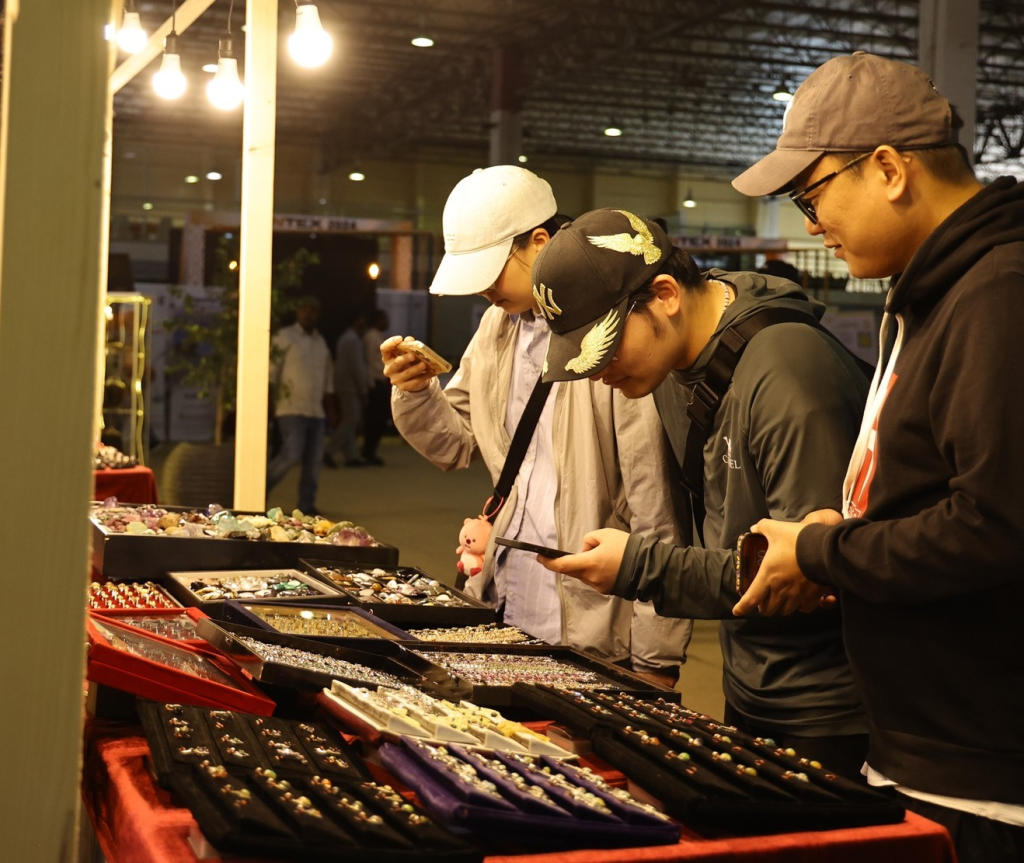
Africa – rich in critical minerals – will accelerate intra-continental trade and harness its natural resources for sustainable development by rolling out effective trade policies, to benefit from the global rush for green energy transition, experts underlined.
With approximately 30 percent of the world’s mineral reserves, including cobalt, lithium, and nickel, which are considered essential for the green transition, African countries need to exploit these resources to drive their development, particularly trade and industrialization, according to the experts.
An Expert Group Meeting (EGM) on Africa’s Critical Minerals in the Context of Trade Policy hosted by the African Trade Policy Centre (ATPC) of the United Nations Economic Commission for Africa (ECA) was held in Addis Ababa.
The meeting highlighted that Africa already has the right strategies and policies in place to harness its mineral resources. However, what is missing is deliberate action to realize this potential as the continent risks losing the full benefits of these critical minerals to global investors.
Speaking at the opening of the meeting, ECA Deputy Executive Secretary, Antonio Pedro, stressed it was time for Africa to leverage its political and economic integration for development. The continent already has policies to promote the development of its mineral resources.
“There is no reason why we should have a repeat of the scramble for Africa, especially at a time when greater political and economic integration has also taken place at the regional and continental levels,” Pedro said, pointing out that supportive continent-wide policies such as the African Mining Vision (AMV), the African Commodity Strategy and now the African Green Minerals Strategy have been adopted across Africa.
Research by the ECA shows that demand for critical minerals will drive the quest to decarbonize economies and reach net-zero emissions by 2050.
It is estimated that the transition from fossil fuels to clean energy will create demand for 3 billion tons of minerals and metals to deploy solar, wind, and geothermal energy by 2050.
For example, the Democratic Republic of Congo alone supplies about 70 percent of the global cobalt market, a mineral critical in electric vehicle battery production.
Critical minerals, sought after for just energy transition, could power Africa’s development and sustainable future, according to the United Nations Conference on Trade and Development (UNCTAD) which has identified critical minerals as a key revenue generator for governments to finance development and lift millions of Africans out of poverty.
Africa could be the go-to industrialization destination by adding value to the critical minerals on the continent, argued Pedro. The value addition of critical minerals could boost e-mobility in Africa while creating decent jobs and making Africa a competitive hub for green industrialization.
Africa is home to significant reserves of critical energy transition minerals such as 55 percent of cobalt, 47.65 percent of manganese, 21.6 percent of natural graphite, and 5.9 percent globally, according to UNCTAD.
Research shows that Africa is yet to fully realize the potential of its mineral resources as it is estimated that African countries generate only about 40 percent of the revenue they could potentially collect from these resources.
The meeting noted that the growing global demand for critical minerals is an opportunity for Africa to maximize its revenues from mineral exploitation, value addition, and the development of minerals-based regional value chains to spur industrialization. This can be done through leveraging Africa’s trade and integration program, including its Regional Economic Communities and the African Continental Free Trade Area (AfCFTA).
The AfCFTA represents a market of 1.3 billion people and a combined GDP of over 3.4 trillion USD but intra-African trade accounts for only 15 percent of the continent’s total trade.
Source: FBC






